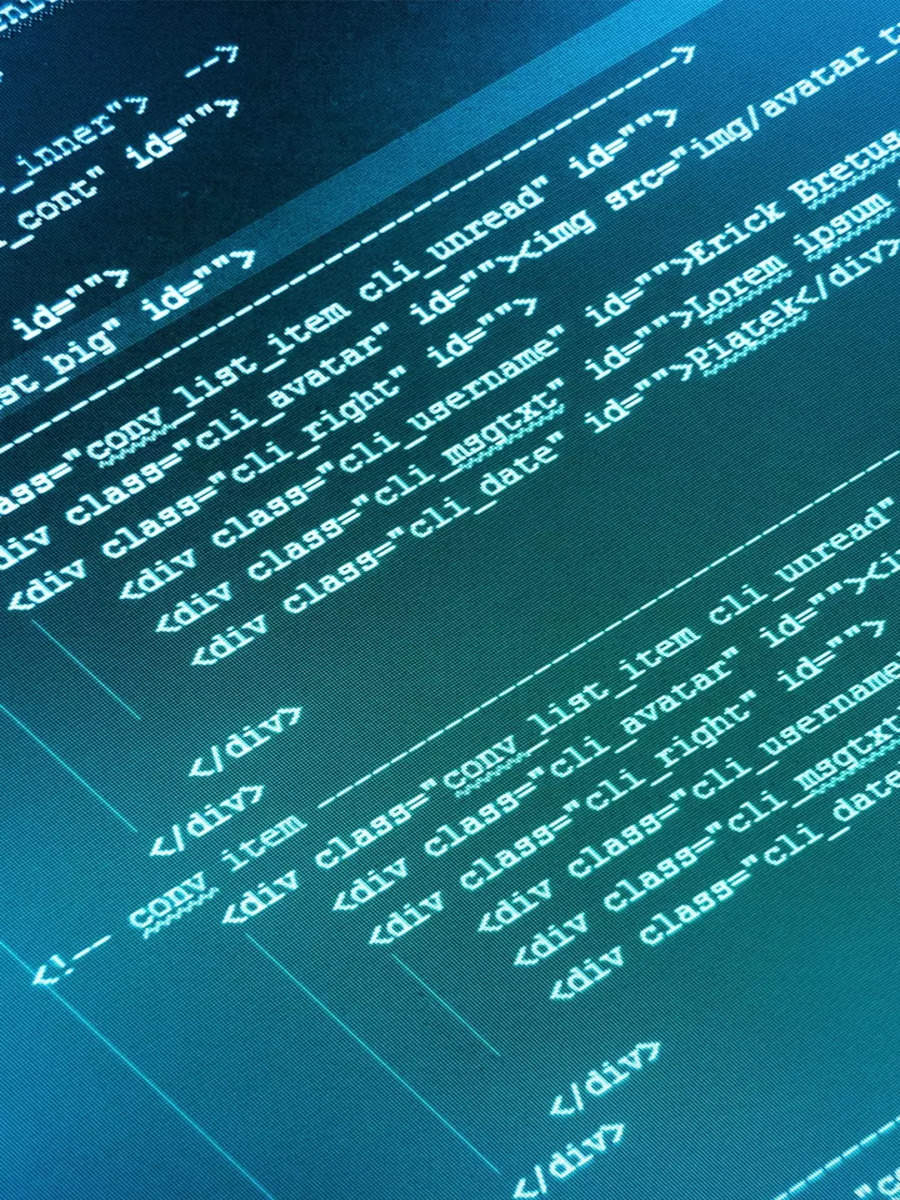Writing Clean Code: Best Practices for Readability and Maintenance

Clean code refers to software code that is well-written, easy to understand, and maintain. It adheres to best practices, making it less prone to errors and easier to collaborate on.

Practices for Readability:

- Use descriptive variable and method names: Name identifiers clearly to convey their purpose and content.
- Follow a consistent coding style: Establish and adhere to a predefined set of rules for formatting, indentation, and naming conventions.
- Write concise statements: Break down complex code into smaller, manageable chunks. Avoid unnecessary nesting or complex expressions.
- Provide inline documentation: Use comments sparingly to explain complex code or provide additional context where necessary.
- Use white space and spacing: Proper use of white space separates logical sections of code, improving readability.
Practices for Maintenance:
- Use modular code: Organize code into logical modules or functions, making it easier to locate, edit, and reuse.
- Minimize dependencies: Limit the number of connections between modules or classes to avoid cascading maintenance issues.
- Handle errors gracefully: Anticipate potential errors and handle them appropriately, providing clear error messages and logging details.
- Unit testing: Write unit tests to verify the functionality of individual code modules, ensuring they work as intended.
- Document your code: Provide clear and up-to-date documentation to explain the purpose, implementation, and usage of your code.
Benefits of Clean Code:
- Improved readability: Easier to understand and navigate, reducing development and maintenance time.
- Reduced errors: Clear and concise code minimizes the likelihood of introducing errors during development.
- Increased maintainability: Modular code with minimal dependencies allows changes to be made easily without affecting other parts of the system.
- Enhanced collaboration: Consistent coding style and inline documentation facilitate collaboration among developers.
- Long-term value: Clean code promotes software longevity, as it is easier to update, maintain, and adapt to future changes.

This article is very helpful, it provides great tips on how to improve the readability and maintainability of code.
The article is well-written and informative, but it could be improved by providing more examples.
I disagree with the author’s claim that clean code is always better than messy code. In some cases, messy code can be more efficient and easier to understand.
Of course, clean code is important, but sometimes it’s more important to get the job done.
Wow, this article is so groundbreaking. I never would have thought of writing clean code before.
If you want to write clean code, you should always use a semicolon at the end of every line. That way, your code will be super easy to read and maintain.
This articl is very helpfull, it provides grate tips on how to improv the readability and maintainability of code. 😉
I’m not sure what the author is trying to say. Is clean code important or not?